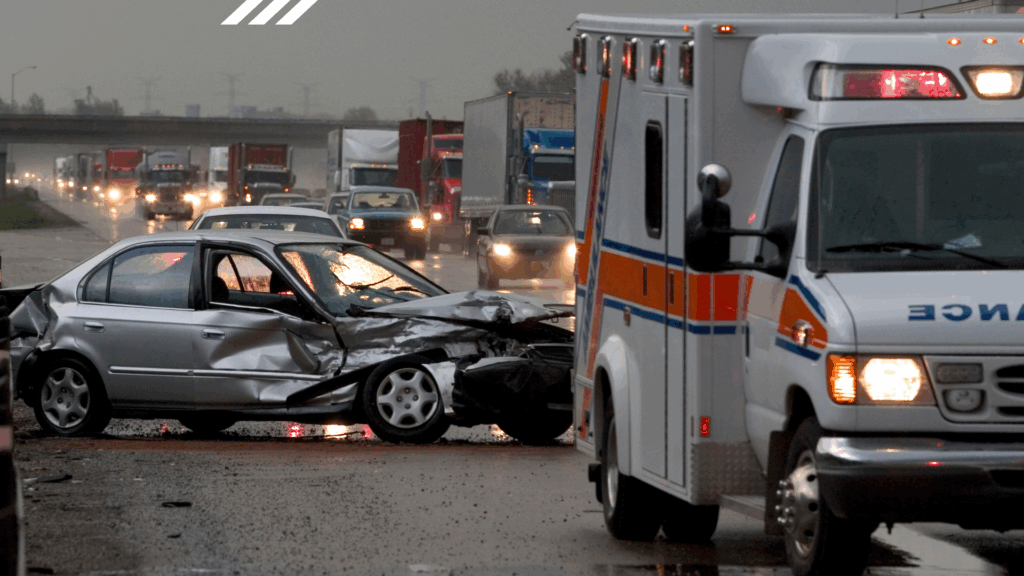Things can get a little bit more confusing when you were not the driver in an accident. When you are in the car as a passenger, and the car you are in gets into an accident, there are several possibilities available to you to recover from your injuries. The first step is the same as the first step for the driver once the driver has handled property damages; this first step is opening the PIP. In the state of Utah, each auto insurance policy is required by state law to carry at least $3,000 in personal injury protection coverage for each passenger in each accident. This PIP coverage comes from the policy in place on the car. You always go to the car insurance of the car that you were in first, whether you are the driver and it’s your car, or you are borrowing the car and driving it, or you are a passenger in a borrowed car.No matter the circumstance, the PIP will kick in first to cover at least the first $3,000 of medical expenses for every passenger in each accident.Once the PIP is maxed out, if the passenger has not recovered, the passenger will have a bodily injury claim against the liability insurance of the at-fault driver. That driver will typically have separate policy limits for each individual, each accident as a whole, and each property that was damaged. If the at-fault party has liability limits of 15/50/20. That would mean that each person who was injured could only recover up to $15,000. That accident as a whole would be cut off at $50,000. So, if there were four people in the car that was hit, three of them would be passengers, each passenger could only collect one-fourth of $50,000.If that number still does not compensate the injured passenger, the passenger would finally make an underinsured motorist claim against the auto insurance of the car that they were in if that car’s policy was not carrying UIM coverage, then the passenger would finally make a claim against his or her own UIM policy on his or her own car insurance.
If you are in a comparative fault state, and the driver of your car was partially at fault, you would also have a liability claim against that driver unless you are related and living together. Utah is a comparative fault state, which means that a party can only recover against another party in the percentage that the other party was at fault. That means that a spouse as a passenger could in fact attempt to file a liability claim against the spouse that was the driver of the vehicle at the time of the accident.
The problem is, that claim would be preempted because you cannot file a liability claim against an auto insurance policy that you may be covered under. Family members that live together should show up on the same policy. That rule will often prevent a husband or wife from attempting to file a claim against the other when one of them causes an accident that injures the other while in the same car as a passenger.
Because of these complicated paths to recovery, the interests of the passenger may not always be in line with the interests of the driver. Consult with a car accident lawyer about whether or not representing both passenger and driver would create a conflict of interest. If it does not, using the same attorney for both parties can be much more convenient for the two injured parties.
This article is offered only for general information and educational purposes. It is not offered as and does not constitute legal advice or legal opinion. You should not act or rely on any information contained in this article without first seeking the advice of an attorney.
WE’RE HERE TO HELP
Get your free consultation today!
CONTACT US



